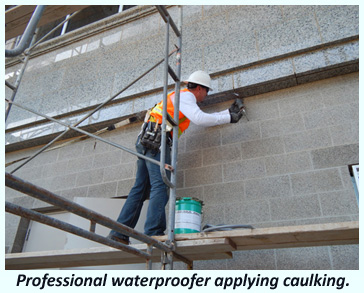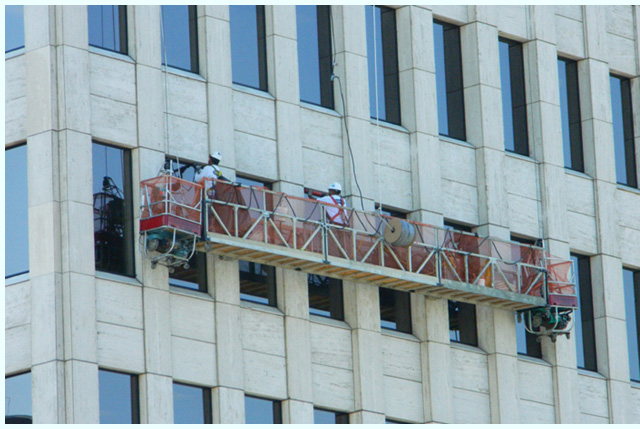 Hi there. The Chamberlin Man here.
Hi there. The Chamberlin Man here.
Here’s a piece of trivia I found interesting: The National Institute of Building Sciences Whole Building Design Guide reports that the Tower of Babel was built with mortar and tar or pitch as a sealant. The guide goes on to say that naturally occurring bitumen and asphalt materials have been widely accepted as sealants for many centuries.
What may be even more interesting than the long history of “sealants” is the science behind sealant and glazing processes today. Let me tell you, it’s something else. Modern sealants were born with the polymer industry in the 1930s, and they’ve been in a constant state of innovation ever since. Today, there are a plethora of options available – from silicone and acrylic to urethane, butyl and other polymeric types – various formulas have been designed to keep air and moisture out of buildings. Some even provide sound barriers or firestopping!
At the end of the day, sealing and glazing buildings is a complex practice. You can get lost in the details. You may even, “glaze over.” Get it? I love a pun. System performance, lifetime, aesthetics and investment are all impacted by the nuances of material selection, installation process and project approach.
This is where Chamberlin’s expertise shines. If a sealant or wet glazing project is on your horizon, Chamberlin can help put you on a path that makes sense. We will help you wade through the choices to a solution that’s watertight (wink). Want to know more? Contact us. We’re happy to provide a quote. Or if you want to dive into the details, check out these articles from our website:
HELP! My Windows Are Leaking!
Sealant Performance and Compatibility: The Great Disconnect
Until next time, I'll be seeing you around.![]()
![]()
Watertight Solutions
by The Chamberlin Man | June 17, 2015


